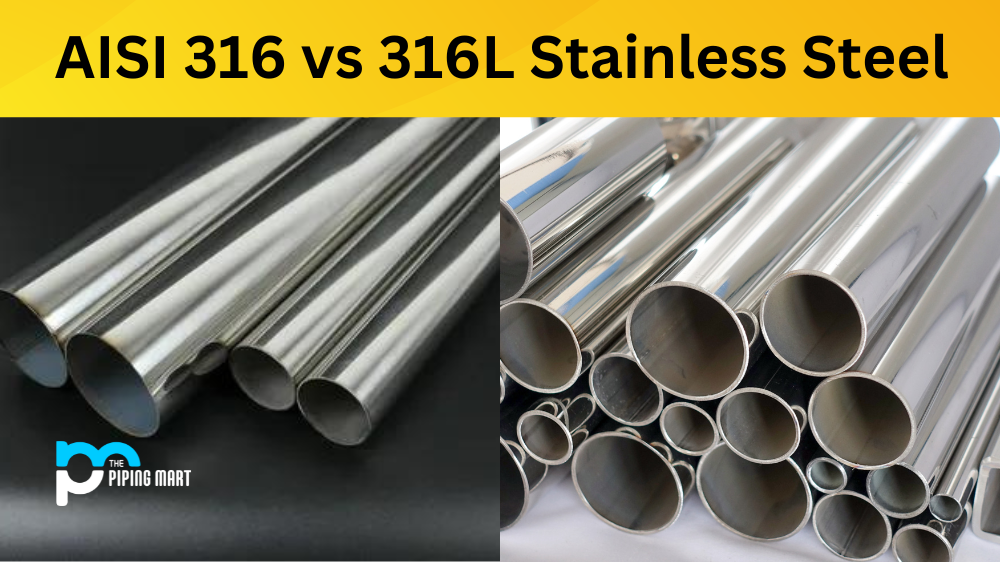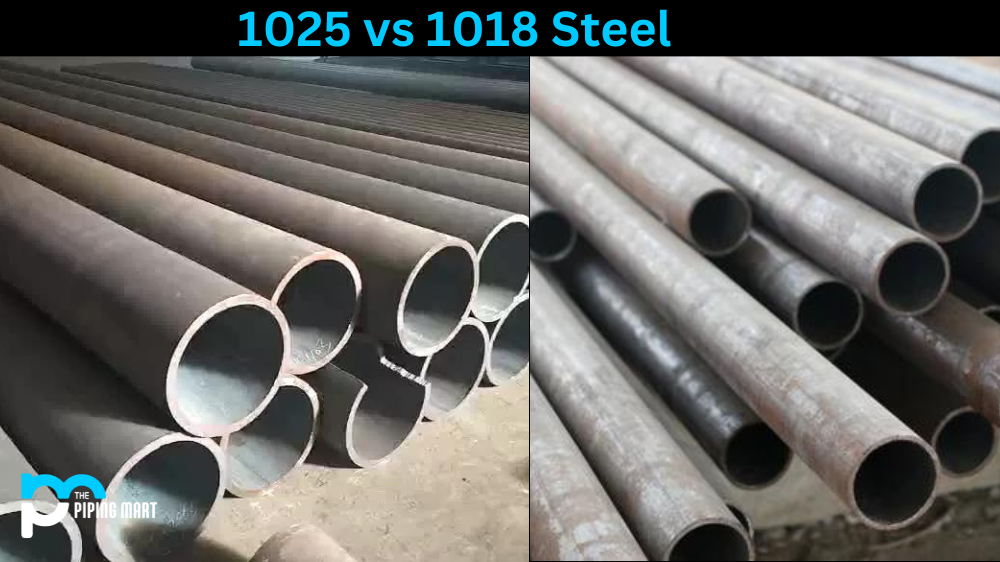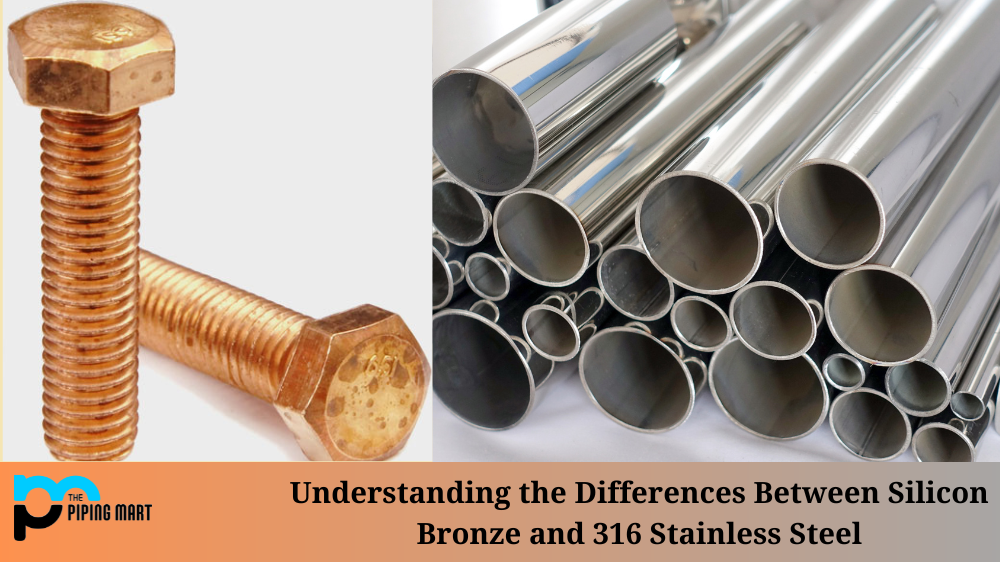When selecting the right aluminium alloy for your project, there are many factors to consider. Two popular options often compared are aluminium 1050 and 5052. Both alloys have distinct properties, making them suitable for different applications. In this blog post, we’ll discuss the differences between aluminium 1050 and 5052 and which is ideal for your project needs.
Difference Between Aluminium 1050 and 5052
Chemical Composition
Aluminium 1050 is an alloy containing 99.5% aluminium with trace amounts of other elements like copper, iron, and silicon. On the other hand, aluminium 5052 is an alloy that contains 2.5% magnesium, 0.25% chromium, and 0.25% copper, with the remaining percentage being aluminium. As a result, 5052 is much stronger and more durable than 1050.
Corrosion Resistance
Aluminium 1050 is susceptible to corrosion due to its purity and lack of other alloying elements. While it is resistant to atmospheric corrosion, it can easily corrode in acidic or alkaline environments. Aluminium 5052, however, is highly resistant to corrosion, making it ideal for marine applications or environments where exposure to saltwater or harsh chemicals is common.
Formability and Weldability
Aluminium 1050 is highly malleable and ductile, perfect for complex forming or shaping applications. Its excellent welding properties also make it ideal for joining other materials or alloys. Aluminium 5052, on the other hand, is more malleable than 1050, but it can be formed into various shapes with the right equipment. Welding 5052 is also more complex than it requires careful consideration to avoid warping or weakening.
Strength and Durability
Due to its high purity, aluminium 1050 is less strong than 5052, making it unsuitable for heavy-duty projects. Aluminium 5052, with its magnesium content, has higher strength and is known for its excellent fatigue resistance, making it suitable for applications requiring high durability and load-bearing capacity.
Cost
Cost is a significant factor when selecting an alloy for your project. Aluminium 1050 is generally cheaper than 5052, as it has fewer alloying elements. However, the overall cost may vary based on quantity, availability, and location.
Conclusion
Choosing the right aluminium alloy for your project depends on chemical composition, corrosion resistance, formability and weldability, strength and durability, and cost. Aluminium 1050 and 5052 have distinct properties that suit different project needs. If your project requires high strength, corrosion resistance, and durability, aluminium 5052 is the better choice. If your project requires excellent formability and weldability at an affordable cost, then aluminium 1050 is the ideal option. Ultimately, your choice of alloy will depend on your project requirements and specifications.

A passionate metal industry expert and blogger. With over 5 years of experience in the field, Palak brings a wealth of knowledge and insight to her writing. Whether discussing the latest trends in the metal industry or sharing tips, she is dedicated to helping others succeed in the metal industry.




